Spotted Eagle Rays, Aetobatus narinari
| Spotted eagle rays, Aetobatus narinari, grow to at least 16ft in length, max wingspan up to 10ft and weigh up to 507lbs. The spotted eagle ray has a long snout, flat and rounded like a duck's bill, a thick head, and a pectoral disc with sharply curved, angular corners, and no caudal fin; jaws usually with single row of flat, chevron-shaped teeth. Each tooth is a crescent-shaped plate joined into a band. They usually have numerous white spots on black or bluish disc; with white below. Long whip-like tail, with a long spine near the base, behind small dorsal fin. Habitat Spotted eagle rays are commonly found in shallow inshore waters such as bays and coral reefs but may cross oceanic basins. They sometimes enters estuaries. They swim close to the surface, occasionally leaping out of the water, or close to the bottom. They frequently form large schools during the non-breeding season. Feeding and Diet Spotted eagle rays feed mainly on bivalves but also eats shrimps, crabs, octopus and worms, whelks, and small fishes. The spotted eagle ray's specialized chevron-shaped tooth structure helps it to crush the mollusks' hard shells. Behavior spotted eagle rays prefer to swim in waters 75 to 81 °F. Their daily movement is influenced by the tides; one tracking study showed that they are more active during high tides. he pelvic thrust is usually performed by a solitary ray, and repeated four to five times rapidly. The extreme pelvic thrust is most commonly observed when the ray is swimming in a group, from which it will separate itself before vigorously thrusting with its pectoral fins. The rays also performs dips and jumps; in a dip the ray will dive and then come back up rapidly, perhaps as many as five times consecutively. There are two main types of jump: in one, the ray propels itself vertically out of the water, to which it returns along the same line; the other is when the ray leaps at a 45 degree angle, often repeated multiple times at high speeds. When in shallow waters or outside their normal swimming areas the rays are most commonly seen alone, but they do also congregate in schools Conservation In the state of Florida, the fishing, landing, purchasing and trading of spotted eagle ray is outlawed. | |






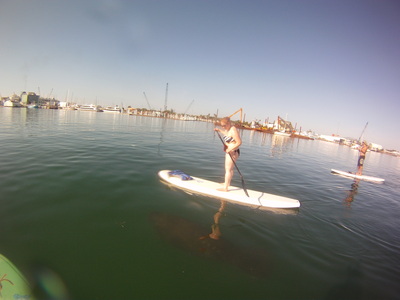
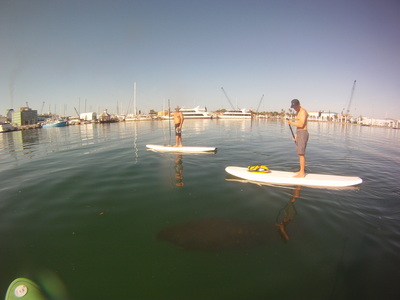

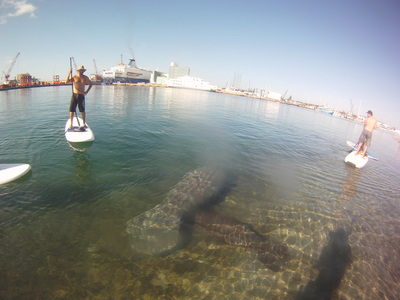


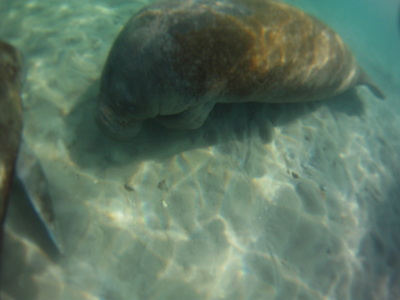
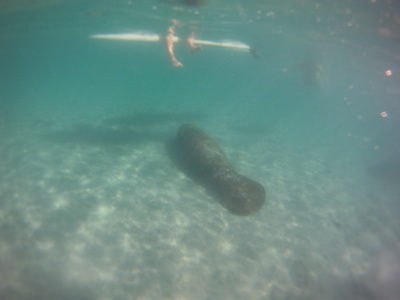




 RSS Feed
RSS Feed